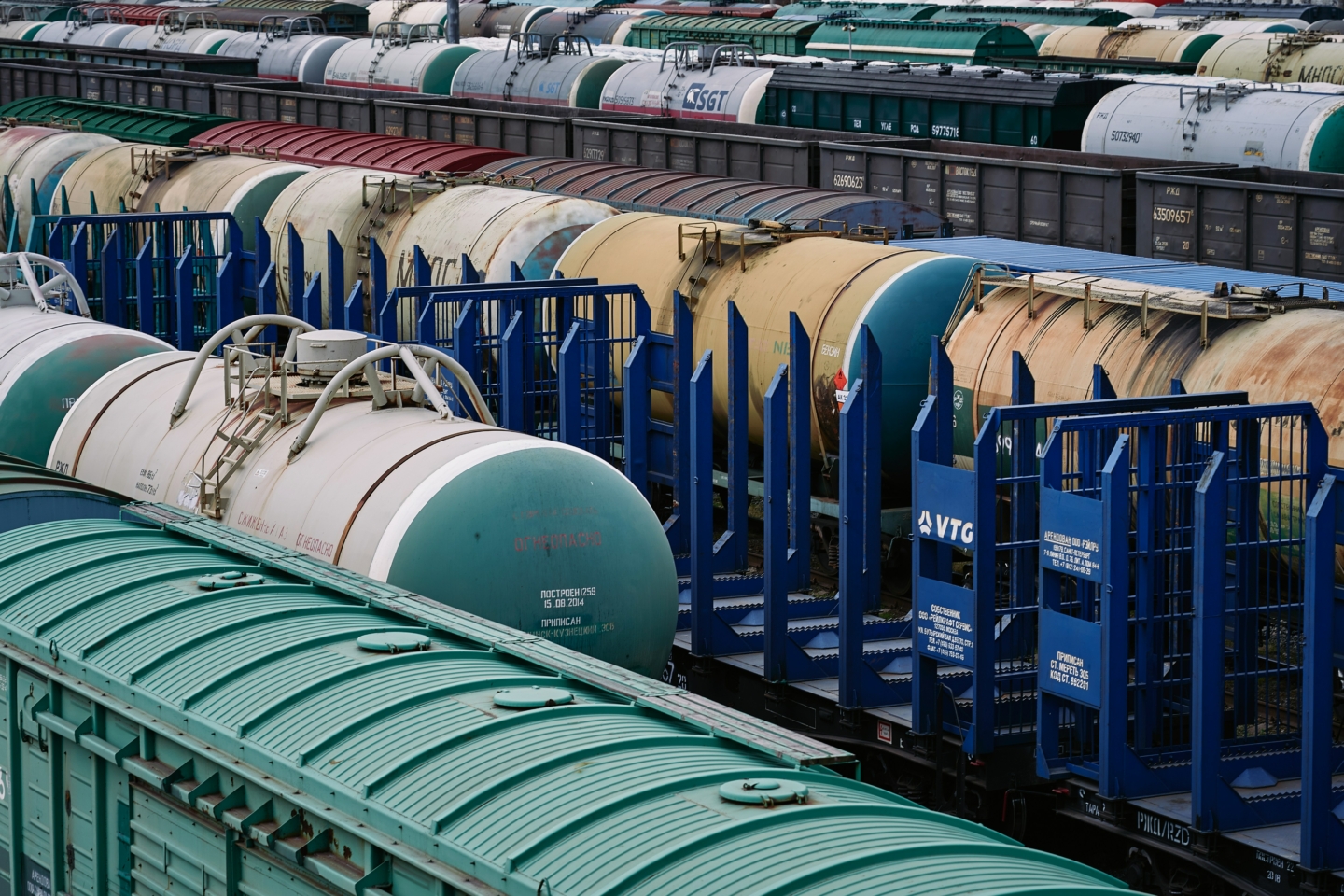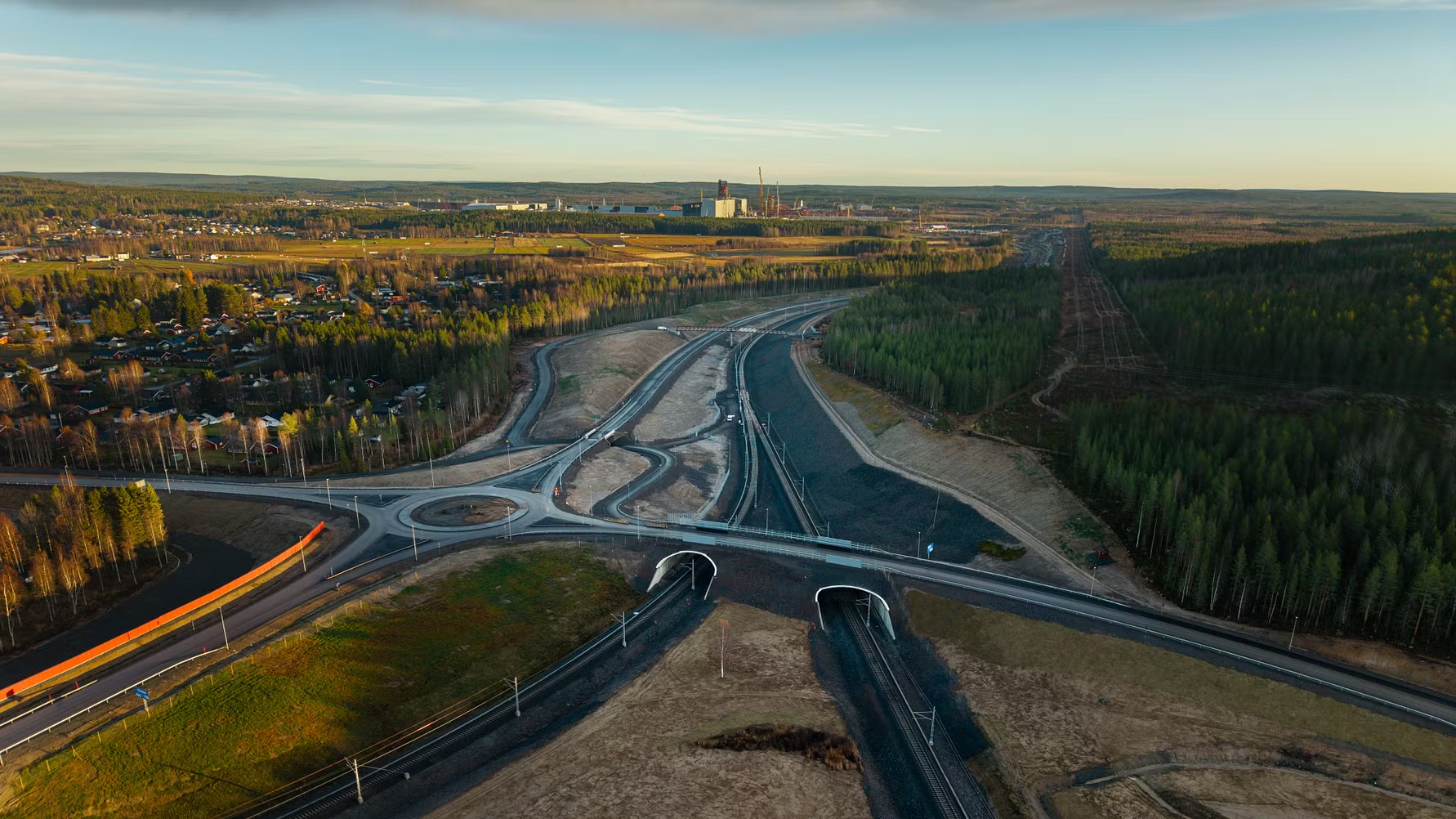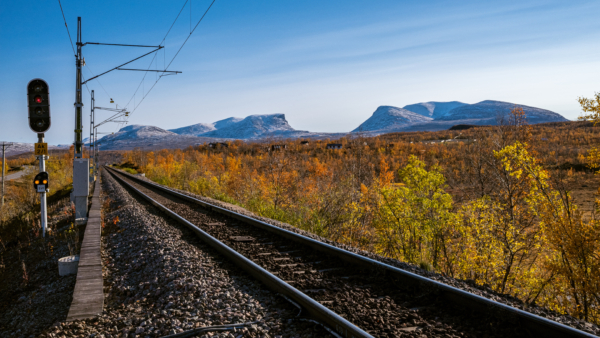
Want to cut carbon emissions? Switch more freight transport to rail
Want to cut carbon emissions? Switch more freight transport to rail
There’s no better way to help reach ‘net zero’ than modernized railway systems for supply chains, especially in Europe
In 2020, the leaders of the European Union officially passed the European Green Deal. A wide-reaching collection of policies and initiatives addressing climate change, its overarching goal is to reduce and negate EU greenhouse gas emissions to a total of zero by 2050. And the transport sector has been a major area of focus.
More than 20% of carbon and other greenhouse gases emitted in the EU are from the transportation of people and goods. It’s mostly cars, buses, and trucks burning fossil fuel. The European Green Deal aims to reduce those specific emissions by 90% from what they were in 1990.
Approximately one-third of the EU’s transport emissions can be classified as freight. Therefore, most experts recommend Europe, along with the rest of the world, switch as much freight transport as possible from roadways to railways. Increasing the percentage of freight moved by train instead of truck across long distances is among the most definitive and viable methods for reducing the emissions that cause climate change.
Nearly six times less emissions with rail freight
Rail transport is nothing new. It’s been around since the Industrial Revolution and was once the most dominant method of travel and shipping. But unlike the automobiles and airplanes that usurped them in the 20th century, trains have a much lower carbon footprint.
A study by the European Environment Agency found that, between 2014 and 2018, heavy goods vehicles (i.e., trucks on the road) in Europe emitted greenhouse gases at an average of 137 grams of carbon dioxide equivalent (CO2e) per payload of one tonne over one kilometer. In contrast, the average emissions from freight trains by rail over the same years and per the same rate of payload weight and distance traveled was 24 grams of CO2e. That’s almost six times less greenhouse gas emissions.
And while there are still locomotives running on diesel (52% in the EU according to recent data reports), rail is the form of transport closest to becoming free from fossil fuels. Around the world, and particularly in Europe, electric locomotives are becoming the industry standard more and more. These trains receive power via overhead lines and create no direct emissions. And when they run on rail systems connected to a power grid with a mix of renewable energy sources, there are little to no indirect emissions.
Today, just over 56% of the EU’s railway lines are electric, an increase of 31% since 1990. According to a report by UNIFE, an association of train builders and rail suppliers, more than 80% of Europe’s train traffic is driven by electric traction. Meanwhile, in Sweden — home to one of Europe’s most climate-smart rail systems — there’s an even stronger commitment to electrification. Approximately 75% of the country’s entire railway network is electrified, including over 80% of the tracks managed by Sweden’s national transport administration, Trafikverket.
Yet, even in Sweden and the rest of the EU, most supply chains still don’t use rail. The majority of material and goods transported over land are done so by truck. It’s more flexible and reliable, subject to the kinds of issues that can hold up rail freight and delay delivery. A truck can easily take an alternative route to get around traffic congestion or damaged infrastructure, but a train can’t. What’s more, rail freight typically still has to be transported by truck the last mile to its final destination. So, for many — especially those transporting perishable cargo — it’s an impractical alternative.
Those challenges, however, can be addressed. Investing in the likes of trans-shipment terminals, digital traffic management, and integrated road-rail logistics can help make rail freight more efficient and adaptable. It’s possible to streamline rail freight operations and expand rail corridors to compete with trucking for last-mile delivery.
And making it easier to move freight by rail paves the way for greener transport.
More investments in infrastructure are needed
Enabling more freight to be transported along railways requires more and better infrastructure.
The European Green Deal has helped renew interest and investment in train transport throughout the EU. Although efforts like Shift2Rail — a groundbreaking initiative focused on European railway research and innovation — existed long beforehand, recent years have seen an upswing in efforts relating to rail transport. Plans are in place to improve the Trans-European Transport Network (TEN-T), requirements have been updated for high-speed rail tracks and trans-shipment terminals, and officials are exploring how to better manage rail traffic.
Yet, it hasn’t been enough. In 2022, the percentage of freight transported in the EU by road reached an all-time high. And after bouncing back to pre-COVID numbers in 2021, the amount of freight transported via rail fell by 0.5%.
As an investor in critical infrastructure, sustainable transport is one of our key platforms at Polar Structure. We invest in companies like the autonomous electric truck maker Einride, but we’re also focused on developing railway infrastructure. In our opinion, emissions targets like those in the European Green Deal can’t be reached without increasing rail freight through infrastructure investments.
By improving railways with things like more tracks, trans-shipment terminals, and integrated road-rail logistics, regions like Europe can enable a large-scale shift in freight from road to rail that would significantly cut transport emissions — and bring it closer to net zero.
Related posts

Railway connection completed – driving Boden’s industrial future
Railway connection completed – driving Boden’s industrial future The new railway connection to Boden Industrial Park has been fully completed – one...
Read more
How Netmore is expanding its global influence while strengthening local impact
The Netmore Group often pitches its services as drivers for growth. The Polar Structure subsidiary specializes in enabling millions of wireless device...
Read more
What will fuel the coming paradigm shift in Swedish infrastructure?
Change is on the horizon for infrastructure development in Sweden. Critical investments are long overdue, especially for railway infrastructure. Rail...
Read more